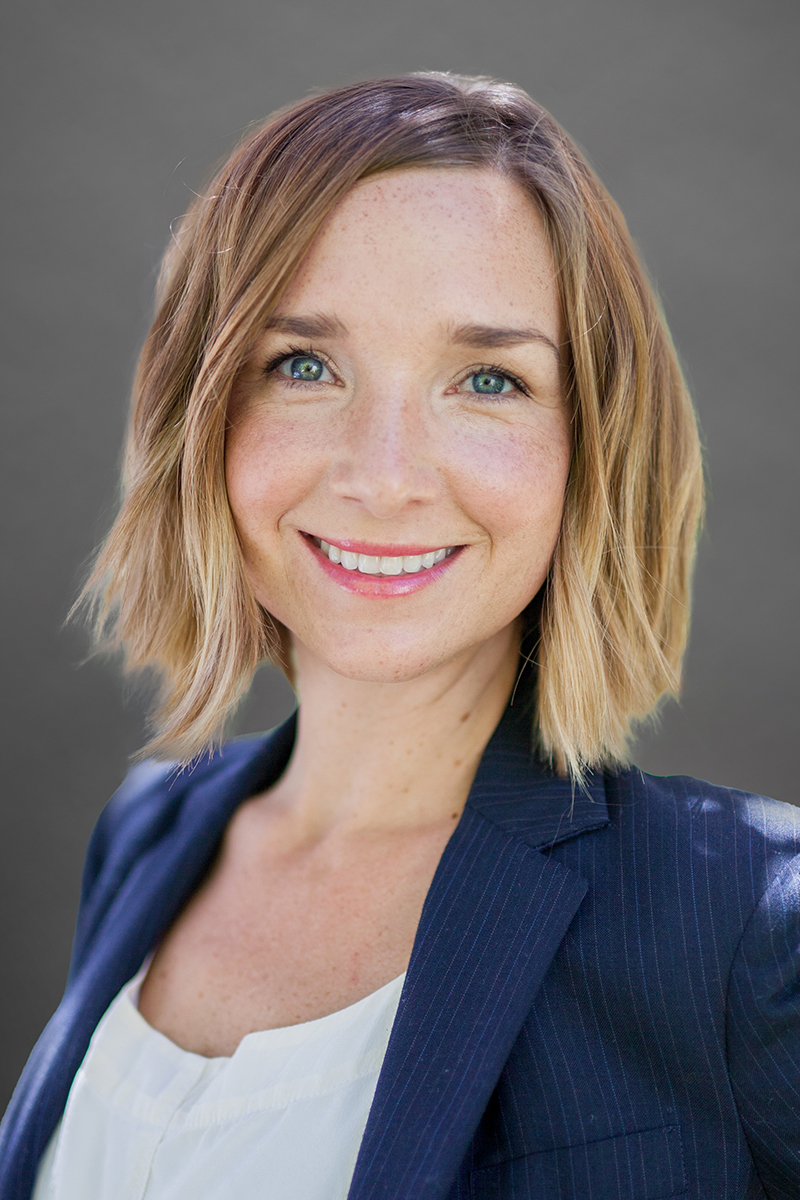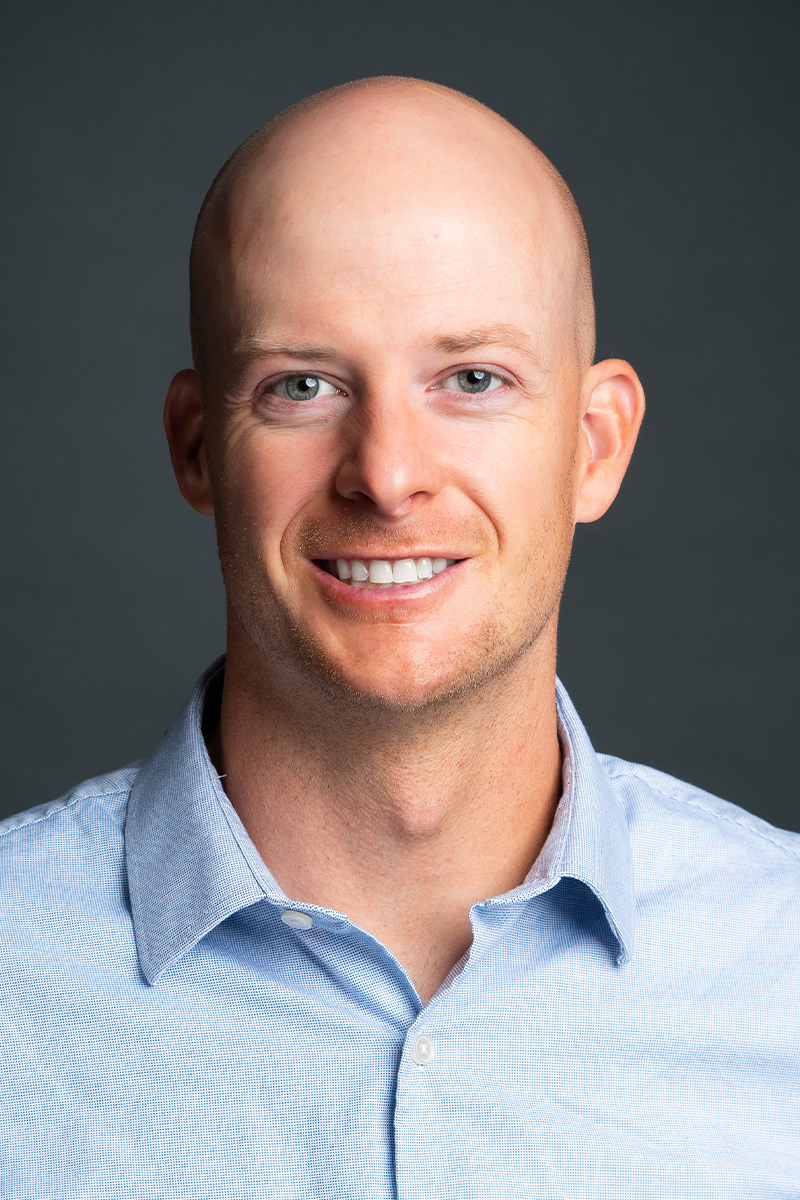Your spine gives your body support and allows you to move and bend freely. It is made up of small bones called vertebrae that are stacked up on top of each other and separated by soft discs. The vertebrae normally form a straight line from your head to your tailbone with a slight forward curve at the top and backward curve at the bottom of the spine. However, sometimes the spine will rotate and twist and develop an abnormal sideways curve. This is called scoliosis.
Types of Pediatric Scoliosis
- Congenital Scoliosis develops before birth in the womb. It is a rare condition affecting 1 in 10,000 infants. This scoliosis may not be severe enough to need treatment during infancy but may get worse as the child grows.
- Neuromuscular Scoliosis, also called myopathic scoliosis, may develop in kids with chronic nerve or muscle disorders that influence function of the skeletal system, such as muscular dystrophy, cerebral palsy, or spina bifida.
- Acquired Progressive Pathologic Scoliosis is the most serious form of scoliosis because it indicates a serious underlying abnormality that may progress unrecognized and result in significant harm. This type of scoliosis is caused by diseases such as spinal cord tumor; tethering of the spinal cord which restricts the growth of the cord and causes neurological damage; syrinx of the spinal cord which is a large cyst in the cord; abnormal vertebrae formation and development that can lead to progressive deformity. Many of these diseases will cause back pain or bowel and bladder symptoms. Without routine surveillance and early detection at physical exams, disease progression may cause irreversible damage.
- Idiopathic Scoliosis is the most common form of scoliosis and accounts for about 8 in 10 cases in youth. This scoliosis usually occurs in otherwise healthy children around puberty, when the child is going through a growth spurt, but it can also start earlier in childhood or infancy.
Who Gets Idiopathic Scoliosis?
While the cause is unknown, scoliosis tends to run in families. Eighty percent of idiopathic scoliosis occurs in adolescents. It is found in as many as 4 of every 100 children from 10 to 18 years of age. Adolescence is when rapid growth typically occurs and when scoliosis starts to progress. Moderate curvature of the spine (10-30 degrees) occurs equally in both males and females, but 80% of patients who have a curve greater than 30 degrees are female. It is not caused by poor posture, carrying heavy book bags, or by sleeping on your side.
What are the Signs and Symptoms?
In many cases, the early curves of scoliosis are not obvious and are rarely painful. The problem may not be noticed until it is identified during a regular check-up with your pediatrician. As the child grows and the curve progresses, it may appear that one leg is longer than the other one or that one arm hangs lower because of the tilt in the torso. One shoulder or hip may be higher than the other and the head may not be centered. When the child bends forward at the waist, the spine will look like a curved line and there may be a hump on the back at the ribs or near the waist. Scoliosis is easier to treat when caught early so even if you see a minor curve of the spine, your child should be checked by his or her pediatrician.
How is a Scoliosis Diagnosis Made?
Routine well-child visits are a critical opportunity to catch subtle diseases like scoliosis early. When your pediatrician detects a curve in the spine, an x-ray of the entire spine will be done. The x-ray will show the doctor where the scoliosis is affecting the spine and the extent of the curve. Your pediatrician will also look for areas of numbness, tingling, weakness, or other nerve symptoms, which could signal the presence of disease processes causing scoliosis. We have on-site x-ray capability at the Spanish Fork facility so that you don’t have to drive to the hospital.
Treatment
Untreated, scoliosis may cause life-threatening complications. When the curve is severe, there is less space for the heart and lungs, causing them to work ineffectively. The ribs can rub against the pelvis, causing pain. Nerves being damaged can lead to a loss in motor function, pain, and numbness.
How scoliosis is treated depends on the child’s age and skeletal maturity, the degree of the curve, and other associated medical conditions. Physical therapy and exercise are almost always a part of the treatment plan, but will not prevent the curve from progressing. Chiropractic treatment, electrical stimulation, and nutritional supplements have not been shown to keep curves from getting worse. The four treatment options are urgent surgery, observation, bracing, and preventive surgery.
Urgent Surgical Intervention
Scoliosis caused by disease processes such as tethered cord may require urgent surgical intervention to prevent injury.
Observation
Observation is usually recommended for a curve of idiopathic scoliosis that is not expected to reach 20 degrees. X-rays will be taken every six to twelve months to see if the curve is progressing. The rate of progression of the curve will predict the need for intervention.
Bracing
A back brace is usually recommended for a curve that is predicted to pass 20 degrees, especially if the child is still growing and the curve is likely to continue worsening. Wearing a brace will not reverse the curve, but may help prevent the curve from getting worse. Children who wear braces can usually participate in most activities. The brace will be discontinued after the child stops growing. Scoliosis that is detected too late may not be a candidate for bracing treatment.
Preventive Surgery
Spinal fusion surgery is considered when a curve of idiopathic scoliosis is 40 degrees or higher or if the curve continues to progress despite bracing. The vertebrae in the curved area will be fused together and straightened with a metal rod. Surgery has been found to be highly effective. It can help the person stand up straighter, reduce the deformity, and will prevent the curve from getting any worse. It is generally well tolerated but can limit the flexibility that can prevent participation in some types of sports activities such as gymnastics, dance, cheer, etc.
What should parents do?
Parents should schedule yearly well visits from two years old through adolescence. Early detection of idiopathic scoliosis may prevent the expense and grief of spinal fusion surgery with inherent complication risk and loss of spine flexibility. Signs of disease processes such as tethered spinal cord that may result in scoliosis can also be detected at routine well visits; this may prevent serious loss of neurological function. Any child with back pain, or signs of back deformity, or sudden onset of incontinence of stool or urine should be evaluated by one of our pediatricians urgently.
References:
Scoliosis Research Society http://www.srs.org/patients-and-families/conditions-and-treatments/parents/scoliosis/adolescent-idiopathic-scoliosis
AAP News & Journals, Scoliosis, Jacob J. Rosenburg, Pediatrics in Review September 2011, VOLUME 32 / ISSUE 9
Scoliosis: What You Need to Know, https://www.spine-health.com/conditions/scoliosis/scoliosis-what-you-need-know
Return to Athletic Activity After Posterior Spinal Fusion for Adolescent Idiopathic Scoliosis: Analysis of Independent Predictors Peter D. Fabricant,
J Pediatr Orthop Volume 32, Number 3, April/May 2012 www.pedorthopaedics



